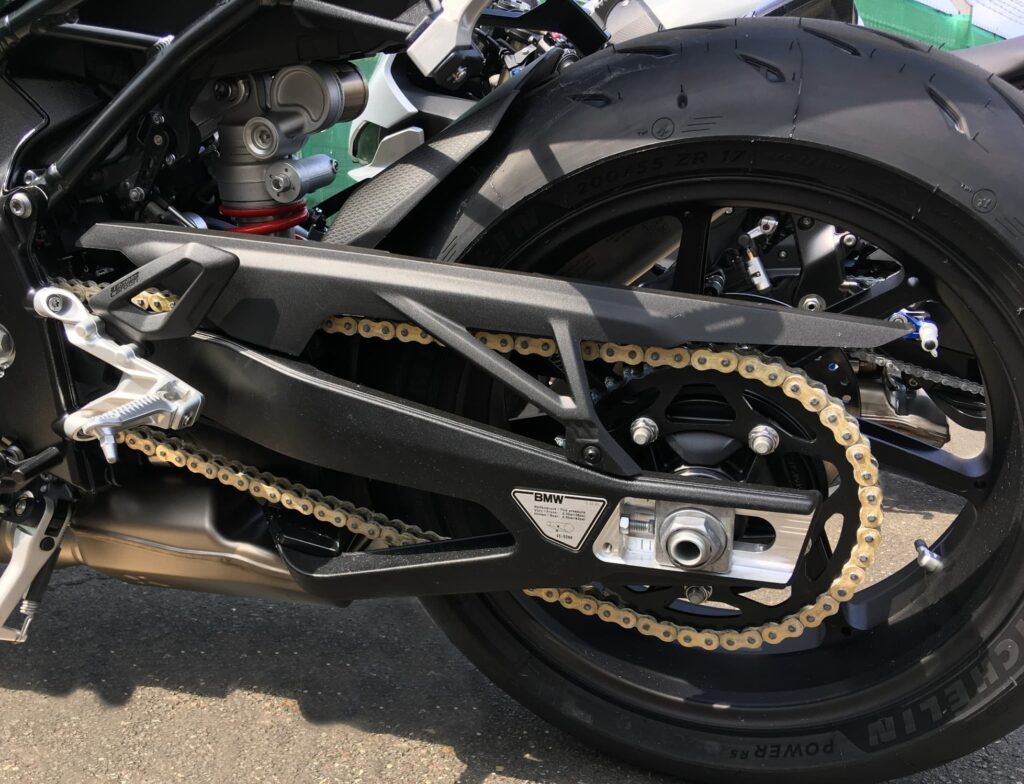- Arabic
- French
- Russian
- Spanish
- Portuguese
- Turkish
- Armenian
- English
- Albanian
- Amharic
- Azerbaijani
- Basque
- Belarusian
- Bengali
- Bosnian
- Bulgarian
- Catalan
- Cebuano
- Corsican
- Croatian
- Czech
- Danish
- Dutch
- Afrikaans
- Esperanto
- Estonian
- Finnish
- Frisian
- Galician
- Georgian
- German
- Greek
- Gujarati
- Haitian Creole
- hausa
- hawaiian
- Hebrew
- Hindi
- Miao
- Hungarian
- Icelandic
- igbo
- Indonesian
- irish
- Italian
- Japanese
- Javanese
- Kannada
- kazakh
- Khmer
- Rwandese
- Korean
- Kurdish
- Kyrgyz
- Lao
- Latin
- Latvian
- Lithuanian
- Luxembourgish
- Macedonian
- Malgashi
- Malay
- Malayalam
- Maltese
- Maori
- Marathi
- Mongolian
- Myanmar
- Nepali
- Norwegian
- Norwegian
- Occitan
- Pashto
- Persian
- Polish
- Punjabi
- Romanian
- Samoan
- Scottish Gaelic
- Serbian
- Sesotho
- Shona
- Sindhi
- Sinhala
- Slovak
- Slovenian
- Somali
- Sundanese
- Swahili
- Swedish
- Tagalog
- Tajik
- Tamil
- Tatar
- Telugu
- Thai
- Turkmen
- Ukrainian
- Urdu
- Uighur
- Uzbek
- Vietnamese
- Welsh
- Bantu
- Yiddish
- Yoruba
- Zulu
Aug . 14, 2024 12:44 Back to list
Choosing the Right V-Belt for Your Electric Motor Applications and Performance Requirements
Understanding V-Belts for Motors A Comprehensive Guide
V-belts have been a cornerstone in mechanical engineering, particularly when it comes to driving machinery such as motors. These simple yet effective components are integral in transferring power from one machine element to another, ensuring seamless operation across various applications. This article delves into the fundamentals of V-belts, their composition, benefits, and selection criteria, specifically in the context of their use with motors.
What is a V-Belt?
A V-belt is a type of synchronous belt that is specifically designed with a trapezoidal cross-section. This design allows the belt to fit snugly into the grooves of the pulleys it interacts with. Commonly made from rubber or a rubber composite reinforced with fiber, V-belts are known for their flexibility, durability, and resistance to wear and tear. They play a critical role in mechanically linking two or more rotating shafts, taking the form of a continuous loop that transmits power effectively while also allowing for some degree of slip.
Advantages of V-Belts
1. Efficiency V-belts minimize the slippage that can occur during power transmission. They can provide very efficient power transfer, typically around 95% efficient, which is crucial for both energy savings and performance. 2. Durability With their robust design and materials, V-belts are built to last. They can withstand a variety of environmental conditions, including high temperatures and exposure to oils and chemicals, making them suitable for industrial settings.
3. Cost-Effectiveness V-belts are generally inexpensive compared to other power transmission options like chain drives or gears. Their affordability, combined with their efficiency and longevity, provides a compelling case for their use.
4. Ease of Installation and Maintenance Installing a V-belt is straightforward and does not require specialized tools. Additionally, maintenance is minimal, reducing downtime and labor costs.
Types of V-Belts
There are several types of V-belts tailored for specific applications
- Classic V-Belts The traditional style, often used in a variety of applications. - Narrow V-Belts Designed to carry more load and fit into smaller spaces. Ideal for modern machinery where space is a premium.
v belt for motor

- Variable Speed V-Belts These belts can adjust their speed based on the drive’s requirements, offering versatility in operation.
- Cogged V-Belts Featuring notches, these belts enhance flexibility and heat dissipation, making them suitable for high-speed applications.
Selecting the Right V-Belt for Motors
Choosing the appropriate V-belt for a motor involves several considerations
1. Load Capacity Understand the torque and horsepower requirements of your motor. Each V-belt has specific load ratings that should align with these requirements.
2. Dimensions The length and width of the belt must fit properly within the pulley system. Accurate measurements ensure optimal performance.
3. Material Composition Depending on the operational environment, select a material that can tolerate the specific stresses and temperatures.
4. Application Different applications may require different types of V-belts. For example, conveyor systems may benefit from cogged belts, while standard machinery might require classic styles.
Conclusion
V-belts are essential components in mechanical systems, particularly for motors. Their ability to efficiently transmit power, combined with their durability and cost-effectiveness, makes them a popular choice across various industries. By understanding their types and selecting the right belt for your specific application, you can ensure optimal performance and longevity of your motor-driven systems. The proper use of V-belts not only enhances efficiency but also contributes to the overall success of mechanical operations, making them an invaluable asset in engineering practices.
-
Upgrade Power Steering Pump Belt for Smooth, Quiet Operation
NewsAug.27,2025
-
Precision Timing Belt & Chain: Engine Performance & Durability
NewsAug.26,2025
-
Precision Lathe Drive Belts: Durable & Reliable Performance
NewsAug.25,2025
-
84.5 Serpentine Belt: Durable & Precision Fit for Your Engine
NewsAug.24,2025
-
Premium Ribbed Drive Belts for Quiet Power Transmission
NewsAug.23,2025
-
High-Performance Vehicle Timing Belt for Engine Precision
NewsAug.22,2025

